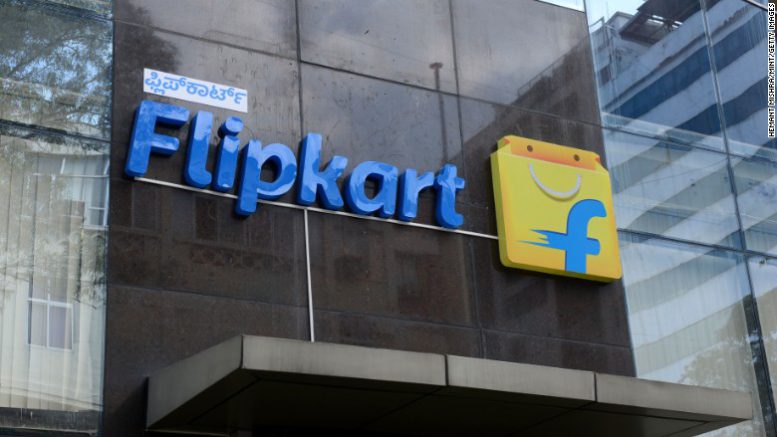Back to the basics
But outspending the competitor can be an ill-conceived strategy when you are up against the likes of Amazon. Money can only do so much.
Eventually, it will be about technological innovation, operational efficiencies, effective logistical solutions and loyalty programmes to win, and retain, customers. These are areas where Amazon has shown a strong resolve, whether it’s the runaway success of Amazon Prime or the breakneck pace at which it is opening warehouses throughout the country.
That Amazon has dug in its heels to claim the last big and unsaturated e-commerce market in the world is also evident from chief Jeff Bezos’ words. “It’s still day 1 in India,” a bullish Bezos said just three months ago. He says Amazon is the fastest-growing e-tailer in India, and has cited third-party data to claim it is the most visited site and downloaded app in the country.
In the last four months alone, Amazon has pumped least $400 million into its logistics, payments, B2B commerce and wholesale arms. It claims to have doubled its seller base in the country to 200,000 in less than a year.
Clearly, Amazon has doubled down on its execution engine. The real challenge for Flipkart would be matching this and maintaining its first-mover advantage. “They had funding offers even before and execution was always the problem,” says Meena.
Execution has indeed been Flipkart’s Achilles heel over the last couple of years.
“It will have to increase its limited product portfolio, invest more in private labels. It should keep piloting on online-offline experience stores to onboard more consumers. It needs more than just cash infusion to fight Amazon,” Meena adds.
That also means the pioneer of India’s e-commerce needs to look beyond the discounting game, and foster the spirit of innovation that propelled it to the top.
Ashish Jhalani, founder, eTailing India, feels the company should invest in schemes like stronger customer loyalty programmes. “Now the only worry is growing and fixing broken pieces for the future,” he adds.





Be the first to comment on "Flipkart’s $4 billion—an entry, an exit, and a detente"